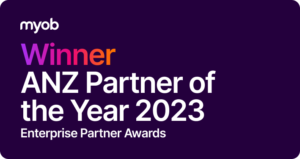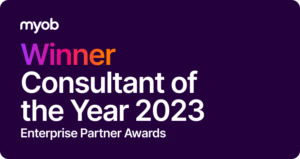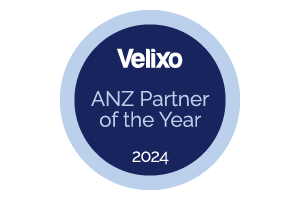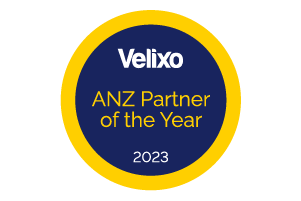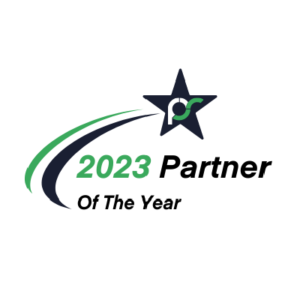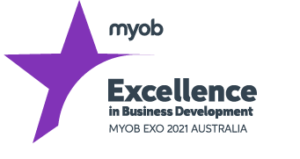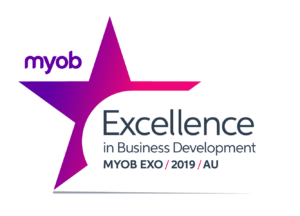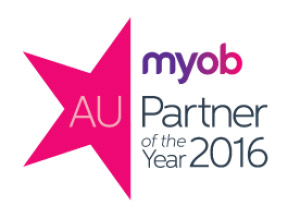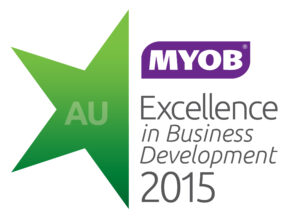4 Key Accounts Payable metrics you need to measure
Leverage the data being collected in your ERP to reduce AP costs.Metrics are used across major companies and industries to measure and understand your business processes. A deep and detailed understanding of what drives your company forward leads to better decision-making and market responsiveness.
However, metrics are often overlooked within Accounts Payable (AP) departments as they can be difficult to measure without the right data source. Luckily, your MYOB ERP is a single source of truth, allowing easy access to the crucial metrics that can drive increased performance and success.
1. Average Cost per Invoice
It is often difficult to calculate the direct costs of your AP team. However, calculating your Average Cost per Invoice (ACI) is the first step to recognising AP administration’s impact on your bottom line. Acknowledge that not all invoices are treated the same, especially non-PO invoices, where the time spent in processing could cost you much more than you realise. Labour, infrastructure, physical goods costs, and transaction fees are separate factors that can influence your ACI.
2. Average Processing Time per Invoice
A more straightforward metric than ACI, Average Processing Time per Invoice (APT) can simply be measured as the time your AP team spends processing an invoice. Calculating this metric can identify gaps in your process and areas that require improvement. Typically, automation and well-defined approval pathways are the keys to reducing your APT. By automating your AP process through invoice digitisation and processing, you can drastically reduce the contact hours of your AP team. Freeing up your staff’s time allows them to focus on more strategic and beneficial activities. Accessing important steps like approvals from anywhere and anytime reduces dead time, allowing bills to be paid faster and making your AP team more efficient and successful.
3. Late Payments and Discounts Captured
Many suppliers offer discounts for payments made on time to encourage early payments and boost cash flow. While late payments are often unintentional, manual processes can hinder your team from taking advantage of these cost reductions. Paying a bill late can also result in additional fees. Measuring Late Payments and Discounts Captured can identify why these discounts are being missed and how the organisation can improve processes and boost revenue. Paying on time also improves your supplier relationships, which could lead to more flexible terms or other benefits.
4. ROI on Automation
Every day, thousands of companies take advantage of AP Automation, which is digitising and automating their manual AP processes. AP automation significantly reduces time and costs, and when using the right platform, you gain real-time visibility and transparency over your company’s position. Management can use this information to drive strategic decision-making, leading to improved efficiencies and growth. The ROI for automation is directly comparable to your ACI and APT metrics and typically follows an inverse correlation. The more you can automate your invoice processing, the more costs you save, and the higher the ROI for automating your processes.
How do I take advantage of these AP metrics?
Making strategic, growth-driven decisions for any department depends on the data you can collect. By measuring the results and performance of your AP team, you can begin to identify areas to improve and lower costs. Whilst manually collating and monitoring your metrics is possible, the calculations and data collection methods may not be easily accomplished. Leading AP Automation and Expense Management software such as ProSpend (formerly expensemanager) allows you to understand, track and monitor your internal and external AP spending and virtual cards through powerful insights in the form of a live, cloud-based dashboard. Analytics generated by digitised workflows assists both your team and management in navigating the journey of efficient and successful processes. ProSpend can be directly integrated into your MYOB ERP, enabling complete data flow and the best use of your information.

ProSpend Proactive Spend Control eBook
Download nowWhat’s changing at expensemanager?
Expensemanager is now ProSpend. They have rebranded to reflect their evolution into a complete business spend management platform. With the new name and logo, they bring new business offerings that enable companies to manage all their business spend activity in one place, backed by the expertise and knowledge of the ProSpend team.
Learn how finance leaders are embracing the modernisation of finance
Organisations struggle to understand their financial health without clear visibility into where and how funds are being spent across different departments, projects, or locations. This lack of insight can hinder strategic decision-making for CEOs, CFOs, and business owners. Watch our webinar recording for CEOs and CFOs to learn how to automate your organisation’s accounts receivable process to improve spend management and visibility.
Transform your Accounts Payable with Automation
To learn more about how an expense and spend management platform can transform your AP process, watch the full recording of our webinar held with ProSpend, which focused on how you could transform your spend management with AP automation. To contact our team about ProSpend, send an email to sales@kilimanjaro-consulting.com or call 1300 857 464 (AU) or 0800 436 774 (NZ).





